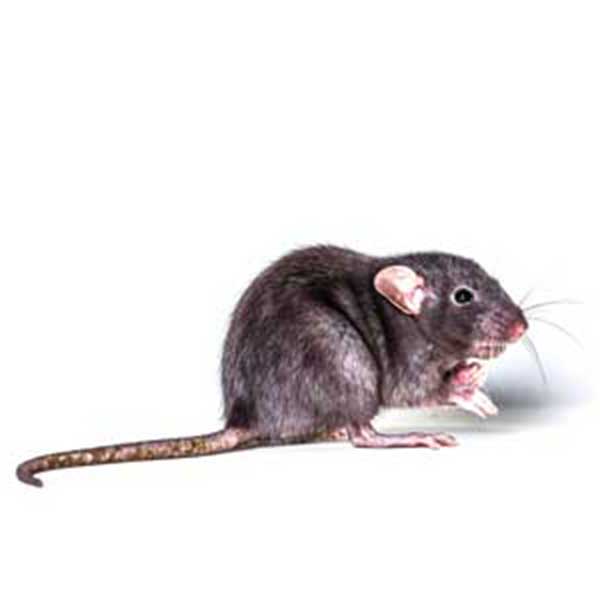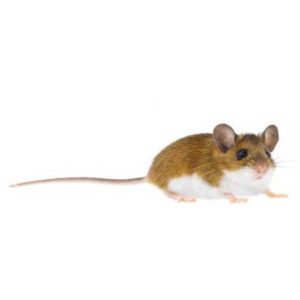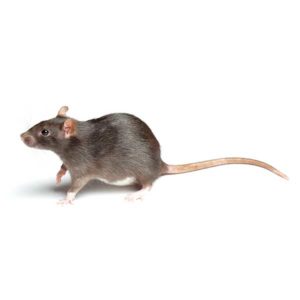Roof Rats in Atlanta, GA
Roof rats, also known as black rats, are slender rodents recognized for their agile climbing abilities and distinct appearance. Typically measuring around 6 to 8 inches in length with tails longer than their bodies, these rats have sleek, black or dark brown fur, large ears, and long, scaly tails. They are notably smaller than Norway rats and are known for their adeptness in climbing, often found in elevated areas such as roofs, attics, trees, and rafters. Roof rats are omnivorous, feeding on a variety of foods including fruits, grains, seeds, insects, and even small animals. They are prolific breeders, with females capable of producing multiple litters in a year, leading to rapid population growth.
Roof Rat Habitat
Roof rats are commonly found in urban and suburban areas, particularly in warmer climates. Their name reflects their preference for elevated spaces, as they tend to nest in higher locations such as attics, rafters, trees, and rooftops. These rats are agile climbers, utilizing trees and vines to access structures. They are also known to seek shelter in dense vegetation, shrubs, and overgrown areas. However, they can adapt to different habitats and may also establish nests in basements, garages, and abandoned structures. Their adaptable nature and tendency to explore various nesting sites make them a challenging pest to control, especially in densely populated areas.
Roof Rat Behaviors, Threats, or Dangers
Roof rats pose several significant threats and dangers, primarily concerning health risks, property damage, and potential economic impact. They are carriers of various diseases that can be transmitted to humans and pets through contact with their droppings, urine, or bites. Diseases such as leptospirosis, rat-bite fever, and salmonellosis are among the health concerns associated with roof rats. Additionally, they can introduce fleas, ticks, and mites into homes, further increasing the risk of disease transmission. Their gnawing habits can cause structural damage to buildings, electrical wires, insulation, and even plumbing, leading to potential fire hazards and costly repairs. Roof rats aren’t a pest you want around. If you come across them on your property, contact your local rodent control company for help.




